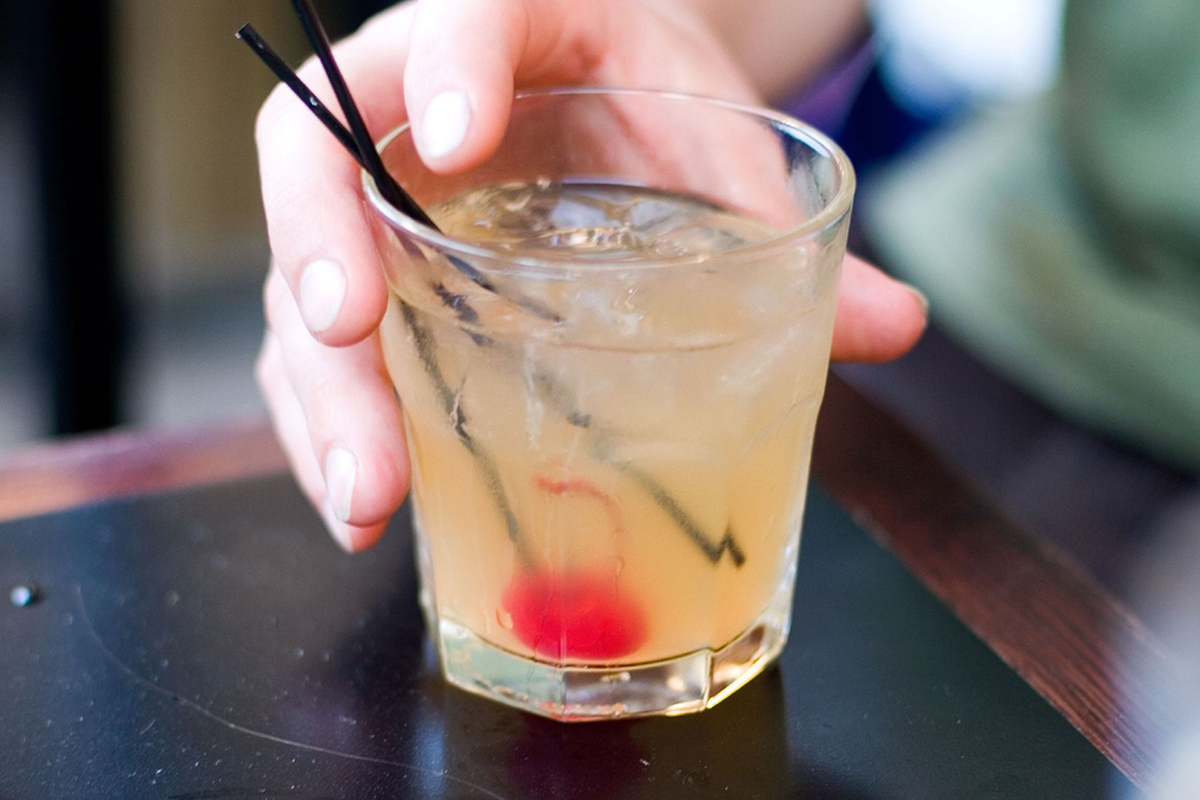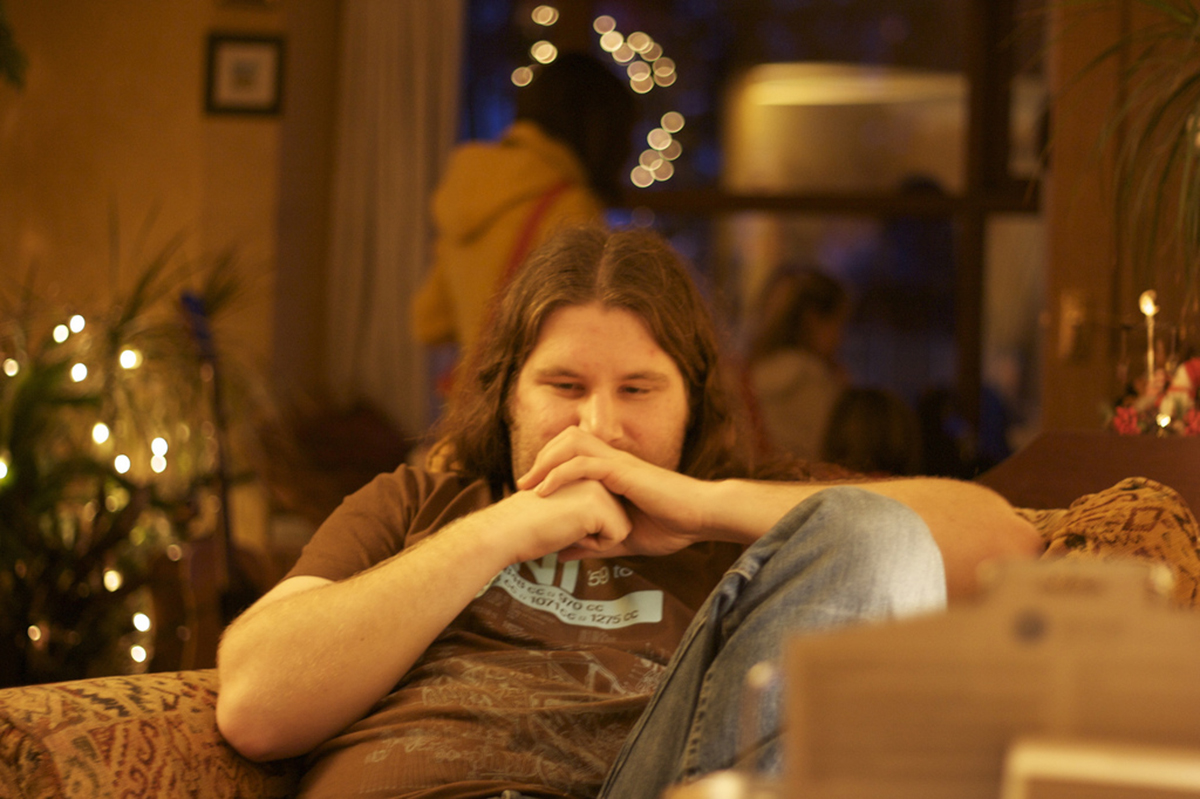The liver is a hugely important organ. It's responsible for filtering your blood, maintaining blood sugar levels and clearing toxins from your body. It's also responsible for dealing with alcohol and fat.

Most victims of the first stage of liver damage, fatty liver, aren't alcoholics and might not even think they're heavy drinkers. But even just a few days' consecutive heavy drinking can lead to fatty liver.
"The majority of people who die from liver disease are not alcoholics," says Andrew Langford, chief executive of the British Liver Trust. He went on to warn that "if we don't do anything about it, by 2025 it will almost certainly be in the top two" preventable killers, adding: "It is a major epidemic."
Fat And Alcohol: A Perfect Storm
Fat and alcohol compete for the liver's attention, and alcohol tends to win. But fat can do just as much harm. The two together create a perfect storm of liver damage that may account for the twofold increase in liver damage in adults as comported to children.
Fatty liver disease is a literal description of the symptoms. What happens is a process known medically as steatosis. Here, alcohol is gradually broken down into is components by liver enzymes. In the process, it disturbs the balance of two substances in the liver, NADH and NAD+, increasing the amount of NADH. This triggers the liver to produce more fatty acids and the result is fatty liver.
What Is Fatty Liver Disease (FLD)?
In non-alcoholic fatty liver disease (NAFLD) the cause isn't alcohol, but elevated blood sugar and body fat. It's not eating fat that causes NAFLD, it's being fat. In animals, NAFLD is what leads to the form of liver damage that we know as foie gras, and that's achieved by force-feeding an animal a high-carbohydrate, not a high-fat, diet. In humans the results are so comparable that Dr Joel E Lavine, the chief of pediatric gastroenterology, hepatology and nutrition at NewYork-Presbyterian Morgan Stanley Children’s Hospital, says, "the equivalent of this is foie gras," before going on to observe that "you have to force feed ducks to get fatty liver, but people seem to be able to develop it on their own."
It's a precursor to much more harmful forms of liver damage. In between 10 percent and 20 percent of people with FLD, the fatty deposits in the liver damage the liver's cells and lead to scarring. This can gradually cause the organ to "shut down", and pave the way to cirrhosis, liver cancer and liver failure. It's also a strong risk factor for type 2 diabetes and heart disease.
See Also: Worst Complications Of Alcohol Abuse
Three decades ago this more advanced form of fatty liver disease was so rare that medicine had no name for it; today it's known to transplant clinics all over the country as Non Alcoholic Steato Hepatitis (NASH), and up to three percent of American adults may have it. It's now the fastest rising cause of liver transplants. To put that in perspective, in 2001 just 1% of all liver transplants in the USA were due to NASH. In 2009? 10 percent.
Diagnosis And Cure
How Do You Know If Your Liver Is Damaged?
Some people will get obvious warning signs, like jaundice or severe pain in the region of the liver — on the right side of your upper abdomen and under your floating ribs, and feeling very different from a stitch. Others won't know until ultrasounds for other ailments like gallstones reveal fatty deposits in the liver, or until a blood tests shows elevated transamines (liver enzymes) in their blood. So the short answer is: you probably won't know. By the time serious pain and jaundice are letting you know something's wrong, it's very wrong.

Obesity Risk Factors
Alcohol Risk Factors
You can look at your drinking to assess your risk of alcoholic fatty liver disease. If you drink every night, that's a risk factor. If you regularly drink more than you should, that's a risk factor. Trouble is, many opt us don't know where these lines are. How much is too much?
If you drink only what you're supposed to, you could still be damaging your liver. The entire process of alcohol breakdown takes about 48 hours, so your blood alcohol might be back to normal but your liver is still filled with alcohol breakdown products — you know, the ones that cause FLD. You need to take several consecutive days off drinking alcohol every week to keep your liver safe, according to Andrew Langford. "The important word here is 'consecutive'," he emphasizes. "Your liver needs at least 48 hours to start repairing itself."
There's no drug therapy for fatty liver, but the damage is often reversible and even degenerative damage like cirrhosis can be halted. The only solution is lifestyle changes: it's never what people want to hear, but it saves lives — maybe yours. Watch your calories — binge drinking is known to trigger excess eating — and watch the quality of your diet.
See Also: Wine Not? The Health Benefits And Dangers Of Your Wine Drinking Habit
- Photo courtesy of Scragz via Flickr: www.flickr.com/photos/scragz/152636264
- Photo courtesy of Soapbeard via Flickr: www.flickr.com/photos/soapbeard/4216899392


Your thoughts on this